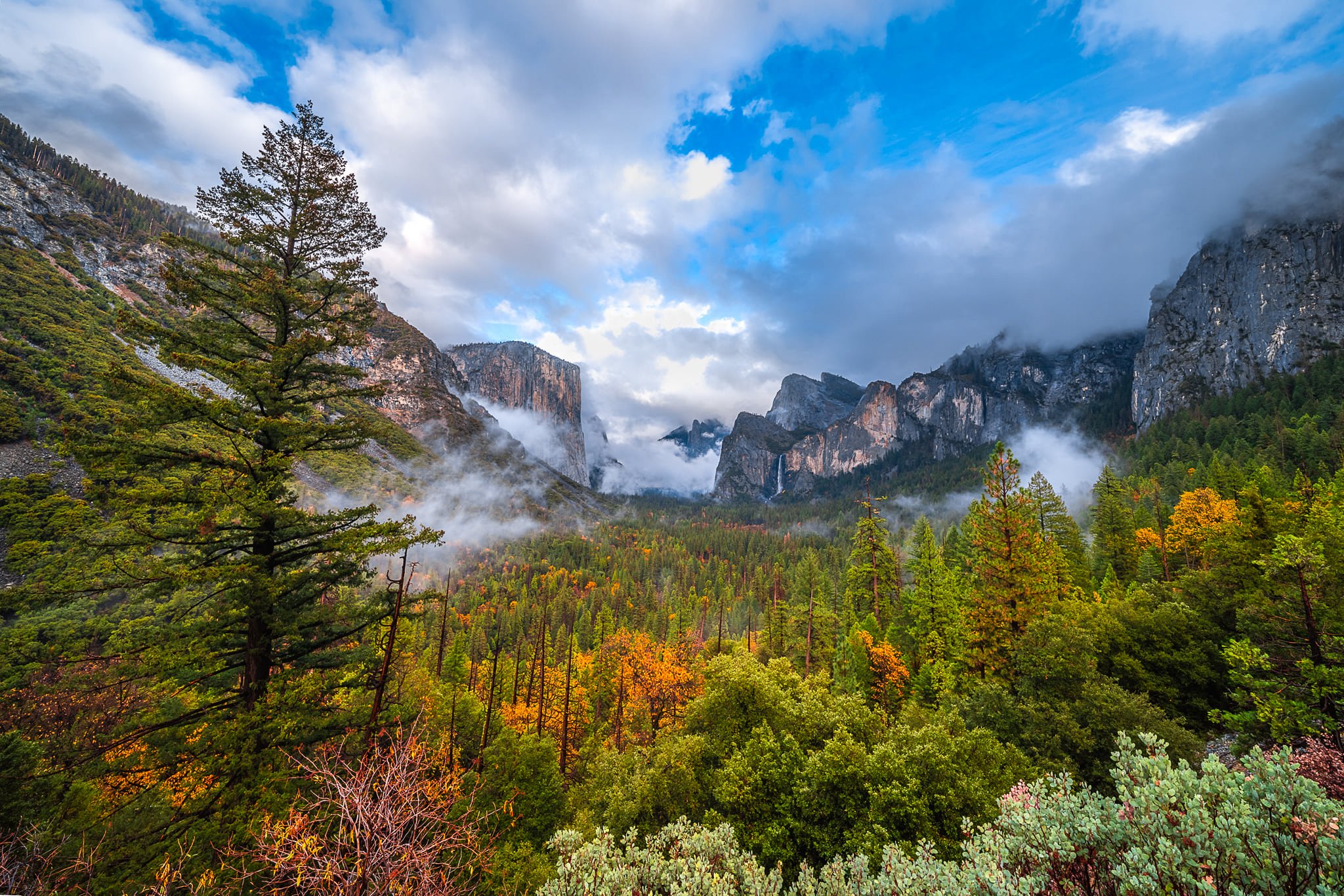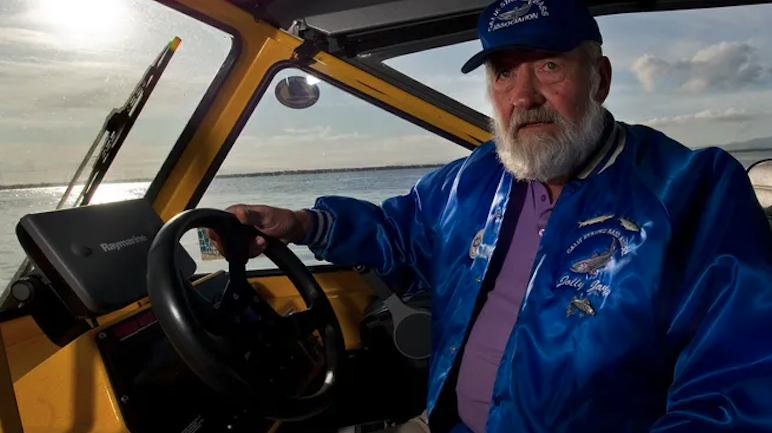
BIOGRAPHIES
ROYAL ROBBINS
Posthumous
Royal Robbins was a leader in what is known as the Golden Age of Yosemite rock climbing. He was at the forefront of a trend called “clean climbing,” in which he used only removable nuts to hang his climbing rope for protection while making an ascent of Nutcracker, a classic Yosemite route, in 1967.
This became the first ascent of its kind in the United States, and started a revolution and ongoing debate over how much mechanical and safety equipment a climber should use. The standard was to pound or drill pitons into the granite. Once set, they could be used by climbers over and over. In Mr. Robbins’ mind, a climber should have left nothing behind.
In 1947, at age 12, Robbins was a fatherless train-hopper on his way to a life of crime. After being released from juvenile detention, Robbins realized he was hanging with the wrong crowd. So he found a new outlet for his time: the Boy Scouts.
At age 14, he became a Boy Scout and found a different sort of adventure. “The Scouts got me off the streets of Los Angeles,” he said. “Into the out of doors. Into the mountains. Out into the good stuff.”
A year into his Scouting tenure, Robbins was invited to join Scouts from 35 other troops on a backpacking trip in Yosemite National Park. “That trip was the first time I ever tried rock climbing,” he said, as reported in the September 2005 issue of Boys’ Life magazine. “I liked the thrill of being up high and doing challenging stuff. In hiking, I was average. But in climbing, I had a little something else.”
Though many today recognize the Royal Robbins name from the travel and outdoor apparel company, Robbins first achieved fame as a rock climber.
In 1969, he became the first to solo climb El Capitan in Yosemite National Park.
He changed the culture of climbing to better protect the natural features of the rock — so the mountain would remain intact for the next climber.
PAIGE PEARCE-GORE
Movers & Shakers
A world-renowned competitive archer, Pearce-Gore is a youth outdoors instructor who has networked with the Congressional Sportsmen’s Foundatrion. She won her first international competition in Turkey at age 13 and now, at 22, holds state, national and world titles.
Pearce-Gore has recorded the highest score marked by a woman in the history of the sport. She won the Western Classic, the largest outdoor 3D target competition in the world, last year for the fifth time overall and fourth in a row.
Using archery to travel the world, she has ventured to China, Columbia, Turkey, Germany and El Salvador.
She has parlayed her success, poise and ability to connect to others to become the led instructor at the Kids Outdoor Sports Camp, which runs in four sessions in Northern California. in turn, that inspired an invitation from the Congressional Sportsmen’s Foundation to its annual event in Washington, in late 2017.
JAY SORENSON
Posthumous
The original owner of Jolly's Bait Shop on Pacific Avenue in Stockton, many considered Sorensen to be the ‘best bait fisherman’ in the San Joaquin River Delta.
Sorensen operated a fishing guide service on the Delta for more than 40 years. “He served as a mentor to generations of Delta anglers.” Sorensen was probably most well-known for founding the California Striped Bass Association in 1974.
“He was the first to sound the alarm about the deteriorating Delta ecology and fisheries,” said Roger Mammon, president of the CSBA West Delta Chapter and secretary of the Restore the Delta Board. “He no longer saw striped bass spawning in the San Joaquin River as they had for decades.”
The striped bass population began declining after the State Water Project went on line in conjunction with the Federal Central Valley Project.
Sorensen then rallied his fishing friends and founded the California Striped Bass Association to advocate for restoration of the fishery. The association expanded and currently has five active chapters. “It is the oldest continuously operating fresh water fishing organization in the state,” Mammon said.
Sorensen guided thousands of people fishing for striped bass and other species on the San Joaquin River, including celebrities, sports figures and even politicians. The nickname “Jolly” came from his penchant for humor and joke telling,
In explaining his reason for the founding of CSBA, Sorensen told Hurley in an interview, “We became very concerned that the huge spawning runs in the San Joaquin River disappeared almost overnight in the early ’70s, since you used to be able to go out on the river at night and watch the small males bumping the females on the surface for acres. The surface of the river was white from all of the milt.”
Besides fighting for the restoration of striped bass and his beloved Delta, Sorensen was also an outdoor writer. He authored the “Let’s Go Fishing” in the Rio Vista Herald for more than 40 years, as well as writing for other publications, including the Fish Sniffer magazine. In 2015, the Bay/Delta Yachtsman awarded Sorensen the Hal Schell Award.
Sorensen had many memorable sayings. One of the most notable was, “The Delta is my Sistine Chapel. There are no two sunsets alike on the Delta.” Another saying showed his deep understanding of California fish and water politics: “The San Joaquin River flows by gravity for its first 100 miles, but it flows by politics for the remainder of its journey to the ocean.”
PAUL BONDERSON JR
Paul Bonderson, Jr., chairman and past president of Ducks Unlimited protected wetlands, waterfowl and California’s hunting and conservation heritage.
The Sunol tech millionaire started a crusade to raise $1 billion to create wetlands habitat to benefit waterfowl and wildlife. He put several million of his dollars into his passion and has seen the results.
“I want to help create something for the next generation,” Bonderson said. “Just in California, we’ve lost more than 90 percent of our historic wetlands” to draining and conversion to farmlands in the Sacramento and San Joaquin valleys, and to levees, infill and construction in the bay and delta.
“I know that protecting and creating wetlands really works to produce more birds,” he said. “I’ve done it myself on some of my own land.” At his 2,500-acre ranch in the Butte Sink near Colusa, Bonderson said that he and his sons have converted 1,500 acres from rice fields to wetlands.
Bonderson envisions a network of volunteers to fund and carry out the vision of restoring wetlands across North America. Part of the vision, he said, is to educate the public on how protecting wetlands habitat also provides homes for more than 200 species of birds, along with dozens of species of wildlife and endangered species.





